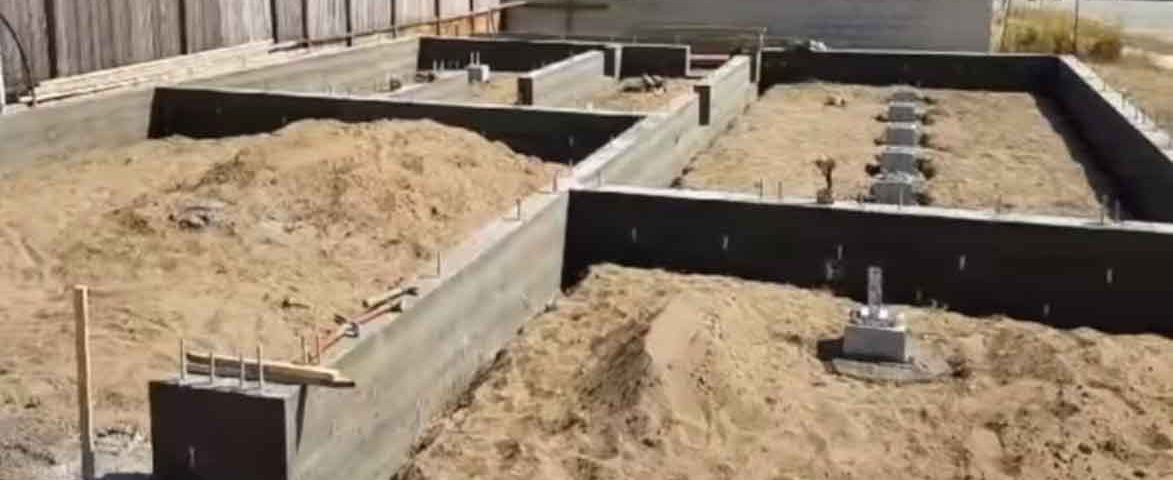- Have any questions?
- (844) 697-0656
A Comprehensive Guide to Building Foundations for Residential Homes

Designing Homes for Accessibility and Safety
December 21, 2023
A Blueprint for Energy Conservation through Innovative Residential Structural Design
December 22, 2023When it comes to constructing a residential home, the foundation is the bedrock upon which the entire structure rests. Choosing the right foundation type is crucial for the stability, durability, and longevity of your home. In this guide, we’ll delve into the world of building foundations, exploring different types and their respective advantages to help you make an informed decision for your dream home.
The Importance of a Strong Foundation:
Before we dive into the various foundation types, let’s understand why a solid foundation is paramount. The foundation serves as the support system for the entire structure, transferring the load of the building to the soil beneath. A well-designed foundation ensures stability, prevents settlement, and protects against natural forces such as earthquakes, floods, and soil movement.
Common Types of Residential Building Foundations:
- Slab Foundations: Slab foundations are a popular choice for residential homes, especially in areas with high water tables or clay soils. This type of foundation consists of a single, continuous concrete slab poured directly onto the ground. Slab foundations are cost-effective, easy to construct, and suitable for homes with minimal space constraints.
- Crawl Space Foundations: Crawl space foundations elevate the home slightly above the ground, creating a crawl space beneath the house. This space allows for easy access to utilities and facilitates ventilation. Crawl space foundations are advantageous in areas with frequent moisture issues, providing a barrier against dampness and potential termite infestations.
- Basement Foundations: Basement foundations involve the construction of a full or partial below-ground level beneath the home. Basements provide additional living space, and storage, and can serve as storm shelters. They are common in colder climates, offering insulation benefits and protection against frost heave.
- Pier and Beam Foundations: Pier and beam foundations use a system of vertical piers or posts to support the structure above. Beams are placed horizontally between the piers, creating a raised platform for the house. This type of foundation is advantageous in areas with expansive or shifting soils, allowing for flexibility and minimizing the risk of structural damage.
Factors Influencing Foundation Choice
- Soil Type: The type of soil on your building site plays a crucial role in determining the appropriate foundation. Clay soils, for example, may require special considerations to prevent foundation movement, while sandy soils may offer better drainage.
- Climate: Consider the climate of your region. Coastal areas might require foundations resistant to saltwater corrosion, while homes in earthquake-prone regions need foundations designed to withstand seismic activity.
- Budget: Your budget is a significant factor in choosing the right foundation. Slab foundations are often more cost-effective, while basements can add to construction costs.
Building foundations are the unsung heroes of residential construction, providing the necessary support for our homes to stand the test of time. By understanding the various types of foundations and considering factors such as soil type, climate, and budget, you can make an informed decision that ensures the stability and longevity of your dream home. As you embark on your home-building journey, remember that a strong foundation is not just about concrete and steel – it’s about laying the groundwork for a secure and comfortable living space for years to come.


